Book Post 36: 21 April – 19 May 2019 / Childlit and Yalit list
Book Post 36 focuses on childlit and yalit.
20 May 2019
Book Post 36 focuses on childlit and yalit.
20 May 2019



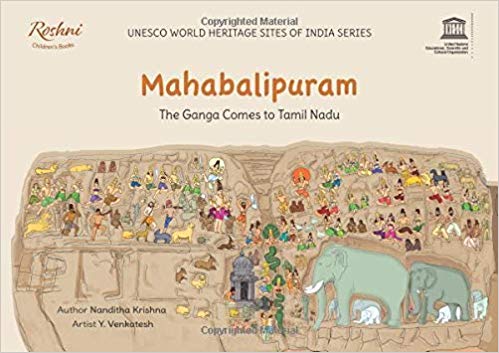

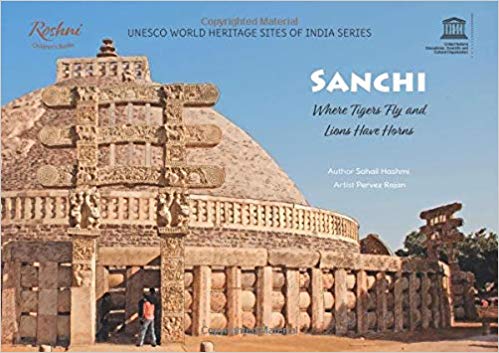
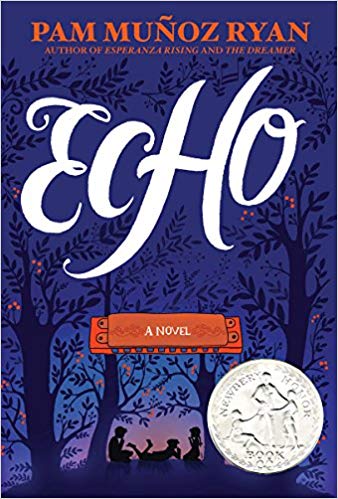
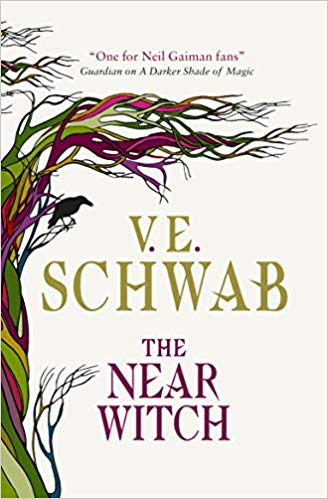
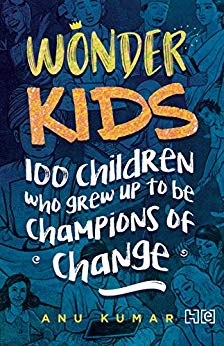

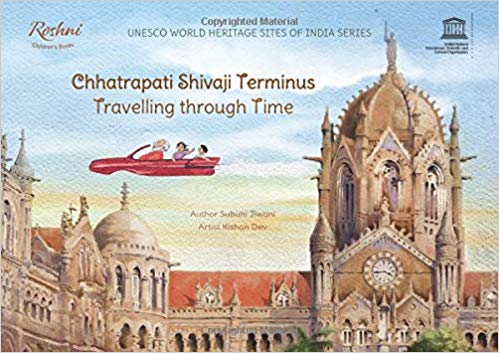

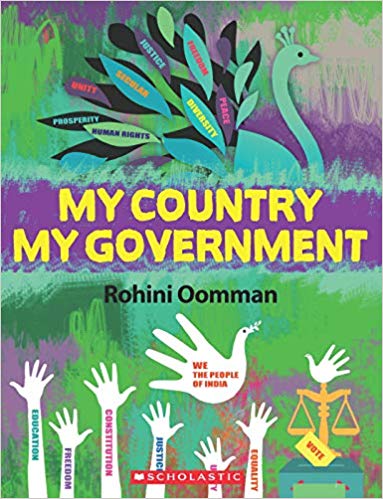
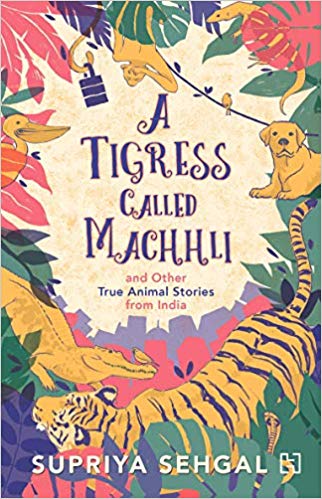
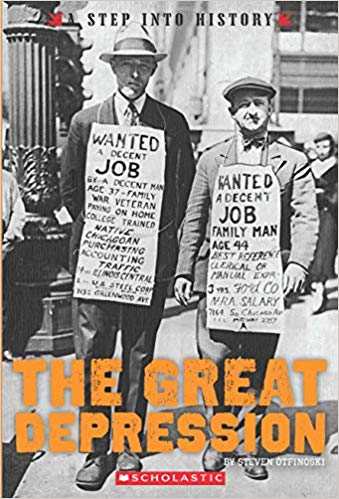
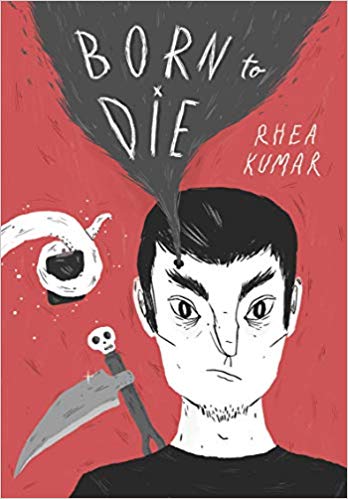

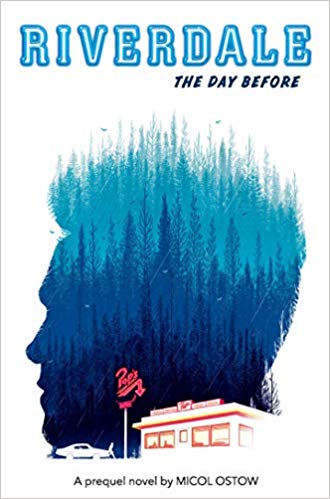
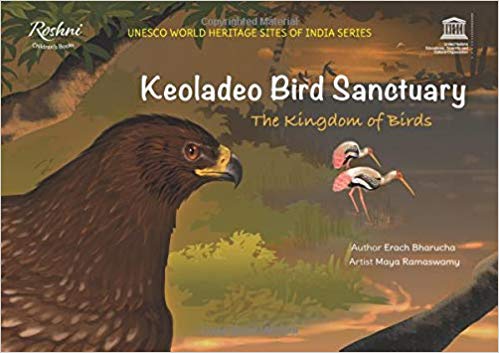

Rana Safvi’s translation from the Urdu into English of Zahir Dehlvi’s memoir Dastan-e-Ghadar: The Tale of the Mutiny was published by Penguin Random House India in 2017. Zahir’s full name was Sayyid Zahiruddin Husain, ‘Zahir’ being his poetic nom de plume. Zahir Dehlvi was in his early twenties, newly married, and living in what is now called the walled city of Delhi. He like his father was in the service of the last Mughal Emperor Bahadur Shah Zafar and they would report to work at the Red Fort. Dastan-e-Ghadar is an eyewitness’s accounts of the events that happened during the uprising of May 1857 when Indian troops employed by the British army revolted. There were many reasons for the soldiers anger but the immediate reason were that their cartridges were laced with cow and pig fat. For the Hindu soldiers, the cow is a sacred animal. For the Muslim soldiers, pigs are taboo. On 10 May 1857 the soldiers first attacked their British masters in Meerut and then marched to the city of Delhi. For decades this event under British Rule was referred to as the “Mutiny of 1857” or by many Indians as “the First War of Independence”, depending from whose perspective the events were being narrated. Now more commonly it is referred to as the “Uprising of 1857” and this is what is usually adopted by historians as well. But as Rana Safvi clarifies in her introduction that “I have used the words ‘mutiny’ and ‘rebels’ in my notes and comments, as those are the words used by Zahir.”
Dastan-e-Ghadar is meant to be a testimony to the events of 1857 and was written decades later. It is a sequence of events strung together but because it was written close to the event there are details in it that are fascinating. The chaos in the city, the confusion amongst the common people, the rumour mongering, the manner in which people fled to save themselves, the capture of the Emperor etc. All these are now well-known facts but to read the events in a contemporary account adds a different dimension to the experience of the historical event. According to historian Narayani Gupta in her review of the book in the Hindu “…it has an immediacy, and is deeply moving”. She also points out that the memoir was originally “Titled Taraz-e-Zahiri, it was called Dastan-e-Ghadar when first published in 1914. ” The book was printed posthumously from Lahore in (or about) 1914. A second edition appeared from Lahore in 1955 (an edition of which is with Irfan Habib who reviewed the book for Outlook magazine).
Yet there are liberties that the translator Rana Safvi has taken with the text which she acknowledges: “I have used my discretion to edit the text in places to keep the flow and drama of the narrative intact. ” Having said that there are some critical points about this seminal translation that are raised in the review by Irfan Habib: words like “Ghadar” and “Ghadr” have been translated inaccurately at the behest of the editors, not the translator. Later he adds:
Rana Safvi’s decision to translate the work into English is, therefore, to be welcomed. It seems a pity, however, that her rendering bears sign of some haste, so that the author’s statements in even his preface (‘Prelude’) are misunderstood. He did not indulge in “anguishing over the past and spending my time in prayer”, but “considering the past to be past and holding what had happened in the past to be just mercies from God, I let pass time in worldly ways of conduct”. He was now not induced to write because “I had [gained] access to letters and documents”, as the translation tells us, but because of the persuasions of his sincere friends and “a multitude of letters [containing such requests] having accumulated” (Urdu ed., Lahore, 1955 p. 17).
Both the academics who reviewed the English translation are of the agreement that the second half of the book where Zahir’s service in the states of Alwar, Jaipur and Tonk are possibly of greater interest than that of the events of 1857. Nevertheless Dastan-e-Ghadar is a fascinating testimony for those reading first source material about 1857 for the first time. Rana Safvi’s translation is an important contribution to Indian literature.
Following is an extract from the book published with the permission of the publishers.
****
The Surprise Attack
Just a few days had passed when another event took place. Half a mile from Kashmiri Darwaza, there was a yellow kothi near the ridge, where the purbias had set up a front and put up big guns and cannons. They were using them to inflict considerable damage on the British forces. They had two platoons and people to man the artillery present at all times. Everyone had to stay there for two watches.
One day, as luck would have it, the soldiers departing after day duty told their replacements to be careful, just in case the enemy attacked at night. The night guards took their places. Now let me tell you a few things about the night guard. It was these very men who had looted the bakshikhana and the bank. They were often in a state of stupor thanks to drinking bhang and eating kalakand and laddu peda during the day.
When they reached the kothi, they were alert at first, but when the night came and a cool breeze started blowing, they were unable to stay awake. They kept the guns at an angle and, spreading their dhotis, fell into deep sleep.
Drink bhang in such a manner that you empty all the stores
All your family is lying dead and you lie inebriated
These people were snoring away to glory. The spies took this news to the British. They informed them that the front was abandoned, the soldiers were all fast asleep and it was the right time to attack.
The British officers took two platoons of Gurkhas, one of Majwi and one of the British themselves, and rushed
barefoot down the ridge. They carried away the guns, captured the cannons and only then woke the sleeping soldiers, saying, ‘Get up, people of the faith, the goras are here.’
One soldier got up, rubbing his eyes. The Gurkhas shot his head off.
They started attacking with swords and sabres. There was tumult and crying from every side and the few who were not killed ran in a state of panic towards the city.
The Nasirabad Platoon, which had changed duty with these men, had found the city gates locked when they tried
to enter the city, as it wasn’t safe to leave them open at night. They were resting on the patri outside Kashmiri Darwaza when the ambushed soldiers reached them. After abusing and scolding them, the Nasirabad platoon told these fleeing soldiers to lie with them and they themselves lay down silently but with loaded guns.
Meanwhile, the British force came chasing them, hoping to enter the city behind them. They were unaware
of the Nasirabad platoon lying in wait. A volley of firing began and the soldiers manning the cannons on the
parapet of Kashmiri Darwaza and Siyah Burj also joined in when they saw the British forces. The situation can be best described as Khuda de bande le—only divine intervention could help.
It was difficult to save oneself from the volleys of fire. There were heaps of corpses all over.
The British troops retreated. They rushed back and took over the yellow kothi they had attacked earlier and turned their guns towards the city. These guns were now fired incessantly at the city. This continued for the whole night.
Cannons and artillery were being fired from both sides, but the Indians lost the front they had set up in the kothi,
which was now under British control. The British forces were also reinforced by troops from outside.
A senior British officer was killed in this battle and his corpse was left lying between the two forces. In the morning,
both sides tried to pick up the dead body. Cannons and artillery were firing from both sides with the purbias hellbent
on acquiring the valuable weapons that were on the dead officer.
The dead body was lying a short distance before the Kashmiri Darwaza. The two sides fought a day and a half for
the officer’s corpse. It was a matter of prestige for both of them.
The guns fired day and night and thousands of people were killed.
At last, as the sun set, one purbia reached the body by rolling on the ground. He tied one end of his turban to the
dead body and slowly pulled it behind him. He and his fellows took the officer’s pistols and sword, and, after stripping the body of valuables, left it there.
In the morning, the British saw that the body had disappeared. The battle was stopped.
The purbia brought the weapons taken from the officer and showed them to everyone in the Qila. He brought it to the house of the royal steward. He showed them to Ahsanullah Khan and told him they had fought over these weapons for two days.
I saw the weapons with my own eyes. The pair of pistols was good but the sword was invaluable. There was golden
carving on its hilt and the scabbard was black. Its colour was like the neck of a peacock, with something written on it in gold.
( Extract from pgs. 119-122)
Zahir Dehlvi Dastan-e-Ghadar: The Tale of the Mutiny ( translated from the Urdu by Rana Safvi ) Penguin Books, an imprint of Penguin Random House India, Gurgaon, India. 2017. Hb. pp. 340 Rs 599
Even the terms used to describe the famous Indian uprising against the British in 1857 are political positions. Was it a mutiny, or India’s First War of Independence? Rebellion or uprising? A nationalist movement or a string of local protests?
p.243, “Lakshmi Bai, Rani of Jhansi: Bad-ass Queen (1828-1858)”
‘A society, almost necessarily, begins every success story with the chapter that most advantages itself,’ the American public intellectual Ta-Nehisi Coates recently argued regarding mythic constructions of liberation all over the world. ‘[C]hapters are almost always rendered as the singular action of exceptional individuals.’ In modern India’s myth of finally, formally confronting its brutal history of case, Bhimrao Ambedkar is that exceptional individual. But every Great Man story is also a story of circumstance. Had India not been devastated by Partition, the formidable lawyer and scholar who led the untouchables might not have become the founding father most meaningful to ordinary Indians today.
p.468 “Ambedkar: Building Palaces on Dung Heaps (1891-1956)”
Sikri’s battlements, palaces, shrines proclaim imperial grandeur. But its airy pavilions and halls share little in common with the heavy monumentalism of Versaille or the Habsburg seats of power. Parts of the city have the feeling of a tent encampment, except that the animal skins and wood frames have been replaced by stone and marble, carved with great skill by local craftsmen. Walking through this now desolate cityscape in the dry heat, you might feel, at certain turns, as if you were in one of M.C. Escher’s drawing, reworked with the stark surrealism of Giorgio de Chirico. It’s like touring the physical manifestation of a mind — the expansive, syncretic mind of its creator: Akbar, the greatest of the Mughal emperors.
p. 165 “Akbar: The World and the Bridge ( 1542-1605)
Sunil Khilnani’s magnificent Incarnations: India in 50 Lives gives a bird’s-eye view of history via the short account of people through their ages. The fifty people profiled are those who left a significant stamp in the socio-cultural-political and economic make-up of this land evident in modern India –a nation state that is very complicated, multi-layered. These biographical accounts written like “non-fiction short stories” detail the life and achievements of the person being profiled while placing them neatly in their historical and contemporary context. Incarnations has been published to coincide with the BBC Radio 4 series http://www.bbc.co.uk/programmes/b05rptbv. The principle of arrangement of this book is probably borrowed from another extremely popular BBC Radio 4 series + sumptiously produced book by Neil MacGregor, then director of the British Museum, on A History of the World in 100 Objects ( http://www.bbc.co.uk/programmes/b00nrtd2/episodes/downloads ).
Yet Incarnations is very much in the tradition of books written trying to make history accessible to the lay reader. To document history in this fashion probably began with Jawaharlal Nehru’s Glimpses of World History to many accounts at chronicling this fascinating sub-continent by authors like Amartya Sen, Jean Dreze, Shashi Tharoor, Ramachandra Guha, Patrick French, Bipin Chandra, Romila Thapar, Percival Spear, Narayani Gupta, Subhadra Sen Gupta ( for children) et al. There were many volumes that were published to coincide with the fiftieth year of Independence but it is for the first time that a historian like Sunil Khilnani has put together an account that incorporates even lesser known individuals such as Malik Ambar the African slave who become powerful political force to contend with.
We live in a noisy, reactionary and surprisingly ahistorical world where lies and misinterpretations get amplified rapidly using social media platforms. So to have a book recount landmark moments in history through well-written biographies is a crucial and much appreciated contribution to social discourse. The style of writing is wonderfully catchy beginning with the chapter headings. For instance, Rani Lakshmi Bai, the queen who is almost revered for her resistance to the British colonial rulers in the nineteenth century with Indian school children even today being taught to memorise poems extolling her heroism; she is simply referred to as the “Bad-Ass Queen”. The list of contents is a delight to read. Similarly are the introductory paragraphs to every chapter –packed with facts, information and incorporating the broad spectrum of views on how the moment in history being discussed in the chapter has been perceived. It is a remarkable example of immense scholarship with a fine sensibility of being able to communicate with a non-academic audience. Peppered in the book are cross-references to other chapters illustrated by the names being marked in bold, a neat technique taken from academic publications and inserted into a trade title.
Outlook magazine’s 19 February 2016 issue focussed on Sunil Khilnani’s book with generous extracts from the book along with an in-depth interview by Satish Padmanabhan. Here is a link to the special issue and interview: http://www.outlookindia.com/magazine/issue/11449 and http://www.outlookindia.com/magazine/story/self-criticism-and-not-glib-self-congratulation-is-the-deepest-form-of-patriotis/296684 .
For all the stupendous historical detailing in each biography there are some disturbingly 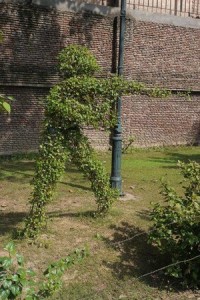 puzzling glossing over historical facts. For instance not referring to General Dyer by name instead saying “the officer” ( p.437) or referring to the campaign of installing Gandhi’s statue in London ( 2015) led by Lord Meghnad Desai and his wife, Lady Kishwar Desai but once again not pinning it in history by taking any names. Baffling since General Dyer is well-remembered in India and the
puzzling glossing over historical facts. For instance not referring to General Dyer by name instead saying “the officer” ( p.437) or referring to the campaign of installing Gandhi’s statue in London ( 2015) led by Lord Meghnad Desai and his wife, Lady Kishwar Desai but once again not pinning it in history by taking any names. Baffling since General Dyer is well-remembered in India and the 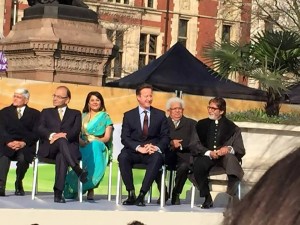 topiary at Jallianwala Bagh nevers allows anyone to forget the dastardly massacre. Similarly, the campaign to instal Gandhi’s statue was a very political and public event splashed across worldwide media with David Cameron PM, UK and Arun Jaitley, Union Finance Minister, India, Gopal Krishna Gandhi, Amitabh Bachchan, Lord Meghnad Desai and Lady Kishwar Desai attending the unveiling of the statue. So it does leaves a tiny lingering of doubt about the other bits of history that may have been silenced. Even so, this is is a splendid book and must be read.
topiary at Jallianwala Bagh nevers allows anyone to forget the dastardly massacre. Similarly, the campaign to instal Gandhi’s statue was a very political and public event splashed across worldwide media with David Cameron PM, UK and Arun Jaitley, Union Finance Minister, India, Gopal Krishna Gandhi, Amitabh Bachchan, Lord Meghnad Desai and Lady Kishwar Desai attending the unveiling of the statue. So it does leaves a tiny lingering of doubt about the other bits of history that may have been silenced. Even so, this is is a splendid book and must be read.
Sunil Khilnani Incarnations: India in 50 Lives Allen Lane, an imprint of Penguin Books, Penguin Random House, UK, 2016. Hb. pp. 636 Rs. 999
9 March 2016
 Puffin, an imprint of Penguin Books India, launched the “Girls of India” series. The idea is to introduce young readers to history, make it come alive and accessible, without confining it to history textbooks where history is dry, dull and boring. Far from it! The first three titles in A Chola Adventure ( Anu Kumar), A Harappan Adventure (Sunile Gupte) and A Mauryan Adventure ( Subhadra Sen Gupta) are the adventures of twelve-year-olds, Raji, Avani and Madhura in 990 CE, Tanjore; 2570 BCE, Bagasara village, Harappa and 3rd Century BCE, Pataliputra, India respectively. Well-told tales that immerse you immediately into the stories, the period and the antics of the girls. Of the three, Subhadra Sen Gupta’s A Mauryan Adventure is the finest, evident in the ease with which the story is told, details of the story come together and so do the facts from history– but then she has years of experience in making history accessible for children through tales.
Puffin, an imprint of Penguin Books India, launched the “Girls of India” series. The idea is to introduce young readers to history, make it come alive and accessible, without confining it to history textbooks where history is dry, dull and boring. Far from it! The first three titles in A Chola Adventure ( Anu Kumar), A Harappan Adventure (Sunile Gupte) and A Mauryan Adventure ( Subhadra Sen Gupta) are the adventures of twelve-year-olds, Raji, Avani and Madhura in 990 CE, Tanjore; 2570 BCE, Bagasara village, Harappa and 3rd Century BCE, Pataliputra, India respectively. Well-told tales that immerse you immediately into the stories, the period and the antics of the girls. Of the three, Subhadra Sen Gupta’s A Mauryan Adventure is the finest, evident in the ease with which the story is told, details of the story come together and so do the facts from history– but then she has years of experience in making history accessible for children through tales.
I am delighted to see historical fiction being made available for younger readers. It definitely has its uses for the sheer pleasure of reading or being introduced as supplementary readers in schools, thereby giving trade publishers access to an age group of readers who usually fall of their radar, since exams and textbooks hog all their attention, only to re-emerge as readers in their early twenties. In fact Prof Narayani Gupta wrote “It is very important to have teachers use this as well as referring to dauntingly clever theses. My husband [ well-known historian Prof. Partha Sarthi Gupta] used to recommend specific Sherlock Holmes stories for European diplomatic history!” ( A comment she sent via email upon reading my article on Historical Fiction — https://www.jayabhattacharjirose.com/jaya/2013/03/26/on-historical-fiction-my-article-published-in-hts-brunch-9-march-2013/ )
While I am all for encouraging young girls to be readers too, I do have reservations about restricting the series to “Girls of India” or having girls on the book covers. These are books that will be enjoyed by both boys and girls. Given that they are targeting the 12+ age-group, this is a very sensitive lot of youngsters. Details like making the book covers more amenable to girls for reading can quite easily deter the boys from picking up these titles. It is a fine balance to be achieved. In March 2013, Dame Jacqueline Wilson had commented upon publishers stopping the pink tide, of creating books dressed up in pink to lure young girls as readers. Her argument was based on the premise that “a boy is going to have to feel really quite confident if he is going to be seen in front of his mates with a book that is bright pink because it is immediately code for this being ‘girlie’.” ( http://www.telegraph.co.uk/culture/books/10039848/Dame-Jacqueline-Wilson-challenges-publishers-to-halt-the-pink-tide.html ) A valid argument for accessing boys as readers, I think, holds true here as well.
Bottomline. My verdict for the series. A thumbs up. Read. Recommend.
Girls of India Series, published by Puffin, Penguin Books India. June 2013.
17 Sept 2013